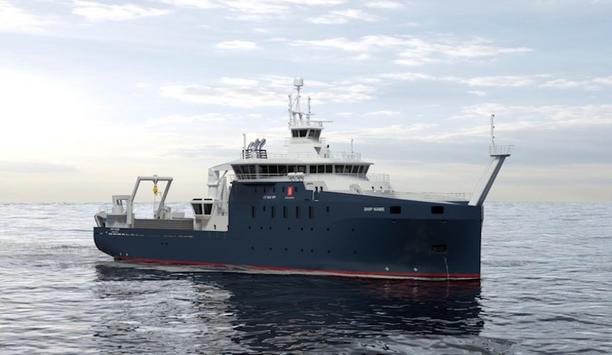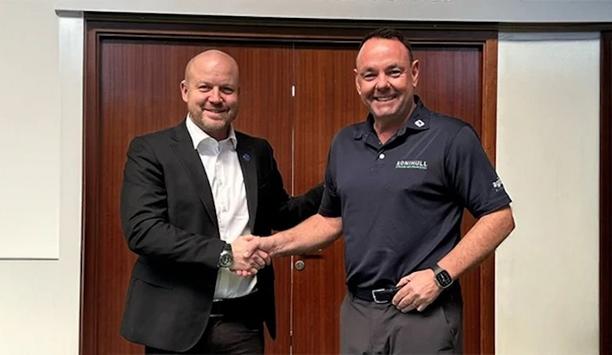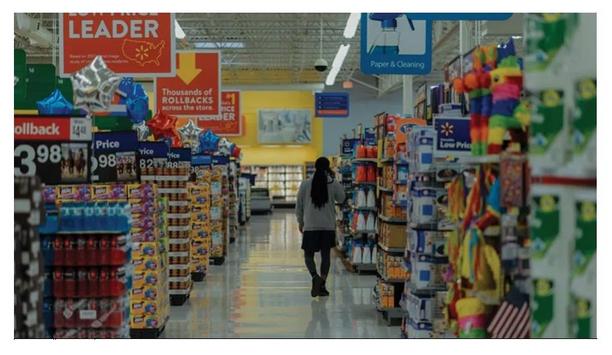As year-on-year Christmas sales figures indicate, end consumers are rapidly adopting e-commerce. Shopping preferences like this are calling for a change in traditional supply chains. And while retailers are adapting to provide omnichannel experiences, this change is resulting in challenges like an increasingly complex customer base, more sourcing locations, and a highly competitive marketplace pushing to reduce costs and improve service levels.
This article tries to demonstrate how ‘last mile’ deconsolidation solutions such as near sourcing, more distribution centres or cross-dock facilities, and customisation near the customer can increase flexibility and decrease costs.
Times have changed
Before discovering how to overcome current challenges and turn them into opportunities, let’s understand the trends that are driving change.
The rise of e-Commerce
e-commerce has become a significant part of total retail sales
As predicted by Forrester Research, Inc in a 2013 report, e-commerce has become a significant part of total retail sales.
And the two biggest reasons for this growth have been the exponential increase in the use of smartphones for shopping online and the fact that retailers are spending a lot more on e-commerce to offer omnichannel solutions to customers.
Giant retailers x Manufacturers
The demands of giant retailers have a trickledown effect on manufacturers. Take for example the footwear industry in which a retailer sells multiple brands including products in their physical stores as well as online and in smartphone apps.
This means several Stock Keeping Units (SKUs) in several sizes made available at a range of delivery points with different loading instructions. Add to this the fact that the requirements of one shoe retailer may differ completely from another, and users can see how complex deliveries have become for manufacturers.
An expansion of global sourcing
An expansion is due to lowering the cost of manufacturing, leveraging favourable duty rebates, and mitigating risks
While continuing to look at the example of footwear, South China was once a hub for footwear manufacturing but now this business is spread across Vietnam and Indonesia, and numerous other locations.
Such an expansion in global sourcing capabilities is made primarily for three reasons: Lowering the cost of manufacturing, leveraging favourable duty rebates, and to mitigate risks, and increasing flexibility by making transitions between locations easy.
Turning challenges into opportunities
As users can see, current trends suggest that retailers have to focus on two key aspects:
- Becoming more flexible to improve customer service
- Reducing supply chain costs. In the next section, let’s discover how last mile ‘destination services’ can help.
Destination supply chain reduces costs
Deconsolidation services can be used to further optimise flows from different countries
Supply chains have traditionally focused on the origin-to-destination port to fill their containers to a maximum, reduce 20’, use consolidation services, and more. For many, the last mile to the destination represents a largely untapped opportunity, due partly to the considerable spread in sourcing locations.
Here, deconsolidation services can be used to further optimise flows from different countries and then redistribute to final customers.
Cost advantages
The following have potential cost advantages:
- Inland transportation in 53-foot trailers can often be much more cost-effective than direct containers
- There is a greater likelihood of consolidating multi-country products into a single delivery to a store and/or customer
- There are options to leverage better transport rates through consolidation with other brands, particularly if the deconsolidation solutions provider is working with other customers who may be shipping to the same retailer
- Inventory holding costs can be reduced or eliminated by by-passing warehouses and DCs
- When a deconsolidation solution is used intelligently, the required storage space can be reduced
Improving customer service levels
It more readily enables the special needs of customers to be fulfilled by value-added services
In addition to cost advantages, the destination supply chain allows companies to create product mixes (like the combining of footwear and apparel in one shipment). Services like cross-docking can save a lot of time, reducing the product cycle time so that products can be moved down the chain faster.
In addition, it more readily enables the special needs of customers to be fulfilled by value-added services, without hurting lead times. All this, to put a smile on the face of the demanding end consumer.
Why can’t that all be done in a warehouse?
Traditionally, supply chains have relied on pushing inventory to big distribution centres where it can be stored to meet possible demand.
While this model can still provide the agility expected, given that warehouses are located optimally to serve specific markets, it may not be a sustainable option simply due to the heavy costs associated with inventory holding. Not to mention, the slower cash conversion cycle.
Deconsolidation facility vs warehouse
There is a significant difference between how an optimal deconsolidation facility, or a cross-dock facility, is designed when compared to a warehouse. A traditional warehouse is typically designed for maximising storage capacity whereas a cross-docking facility places greater importance on ‘ease of product movement’.
The very purpose of cross-docking facilities is to move products in and out quickly
This means that a cross-docking facility requires very good network connectivity so that products can go in and out faster. Ideally, it needs to be a centre-of-gravity from the perspective of the customers being served.
Finally, it can get extremely expensive for supply chains to own and maintain (or lease) multiple warehouses simply because they require a certain ‘storage place’. The very purpose of cross-docking facilities is to move products in and out quickly, thereby minimising storage requirements.
Is it smart to outsource cross-docking?
This depends very much on the business model and network of customers a company has. If the aim is to reduce asset-holding costs and cross-docking is not a ‘core activity’, it may be smarter to outsource.
Outsourcing may also provide benefits such as a better carrier network, flexible contracts instead of long-lease agreements, opportunities to benchmark, and more.
Conclusion
To improve customer service and reduce costs at the same time, supply chains need to make the most of their ‘destination network’. These networks, however, cannot be designed in isolation. It’s important to take a holistic view - from factories at the sourcing locations through to customers at the destination.
Having the right logistics partner with the technology to support these changes will help achieve success in an increasingly competitive environment.










